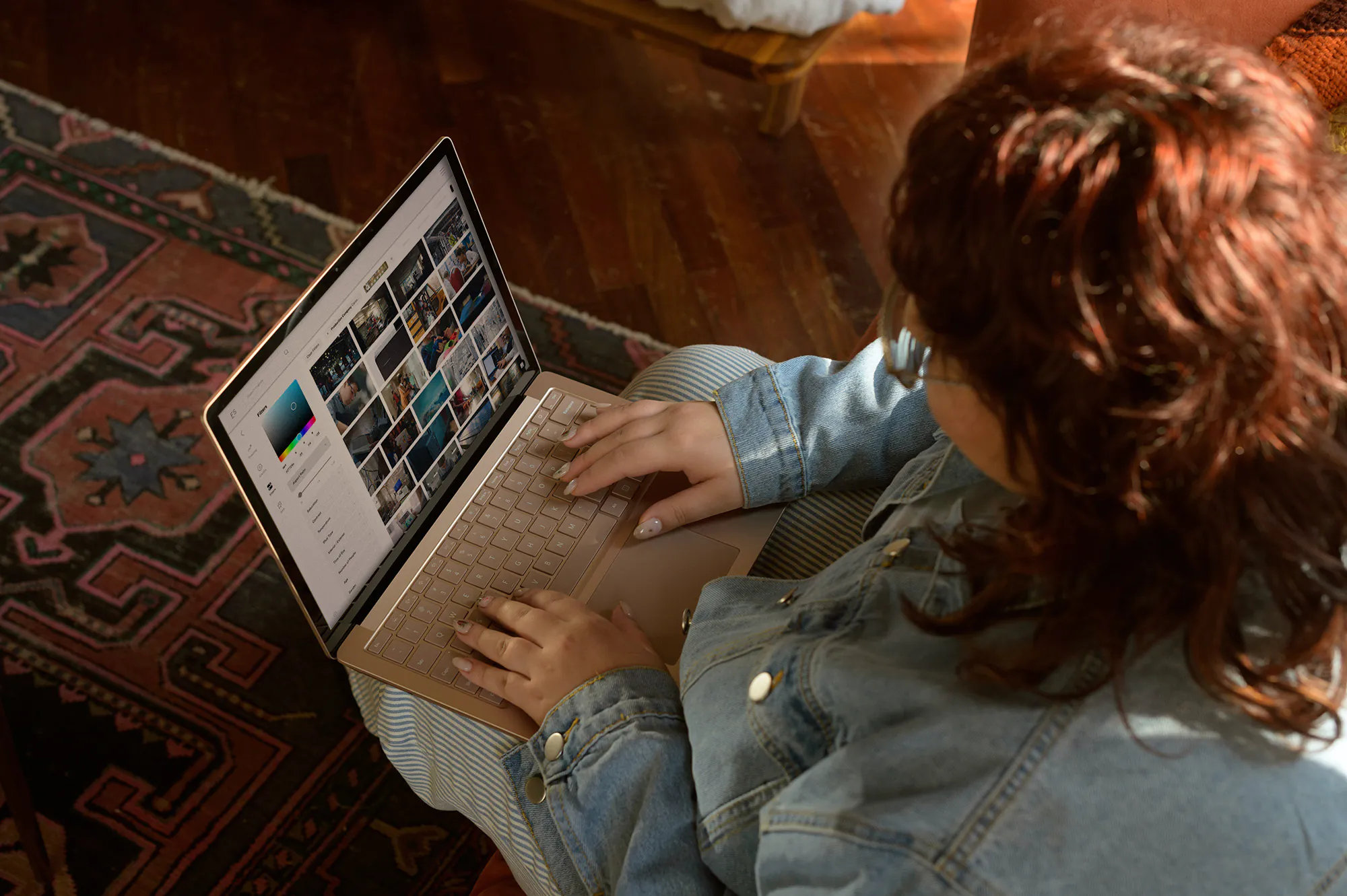The Key to Creating Realistic Lighting in Film

Introduction to Realistic Lighting

In this blog post, we will explore the key techniques and tools to create realistic lighting in film. Lighting plays a crucial role in cinematography, shaping the mood and atmosphere of a scene. By understanding and mastering the concept of ambient light, filmmakers can achieve visually stunning and immersive results. In this post, we will delve into the insights shared in the YouTube video "The Key to Creating Realistic Lighting in Film" by Rob Ellis.
The Role of Ambient Light

According to the video, ambient light refers to any uncontrolled light that already exists within a scene. It encompasses natural light sources, such as daylight or streetlights, that contribute to the overall lighting environment. Understanding the role of ambient light is crucial for creating realistic and stylistic images.
As the video explains, the way shadows are handled can make a significant difference in an image. By either adding or subtracting from the ambient light, filmmakers can manipulate the shadows and create distinct visual effects. Whether shooting in daylight, at night, or in a controlled environment, ambient light sets the foundation for the overall lighting scheme.
Recreating Daylight and Building Ambient Light

To recreate the feeling of uncontrolled light, filmmakers often rely on large, soft bill lights for daylight scenes. When shooting with existing ambient light, bouncing light into the ceiling can enhance the existing light sources. However, when starting from scratch, it is necessary to build up the ambient light to achieve a realistic look.
The video suggests starting with the sky as a reference point. By setting up a frame above the window and using a reflector dish, soft light can be brought down into the scene, filling in shadows and creating a natural ambiance. Additionally, other objects outside the window can reflect light back into the space, adding to the overall ambient light. By strategically placing bounce lights and considering how real daylight influences the location, filmmakers can achieve a more immersive and realistic lighting setup.
Controlling Ambient Light for Desired Effects

While ambient light is uncontrollable by nature, filmmakers can still have some control over it to create specific moods and atmospheres. By manipulating the bounce lights and introducing subtle variations in temperature, the ambient light can be fine-tuned to match the desired aesthetic. This allows filmmakers to have creative control over the lighting setup while still maintaining the illusion of uncontrolled light.
Conclusion
Lighting is a fundamental aspect of cinematography, and understanding how to create realistic lighting is essential for filmmakers. This blog post has explored the insights shared in the YouTube video "The Key to Creating Realistic Lighting in Film" by [Insert Name]. By recreating the feeling of uncontrolled ambient light and strategically building up the light around the scene, filmmakers can achieve visually stunning and immersive results. Note: This blog post is based on the insights shared in the YouTube video. To gain a comprehensive understanding of the topic, we encourage readers to watch the original video.
Find frames for your treatment today




